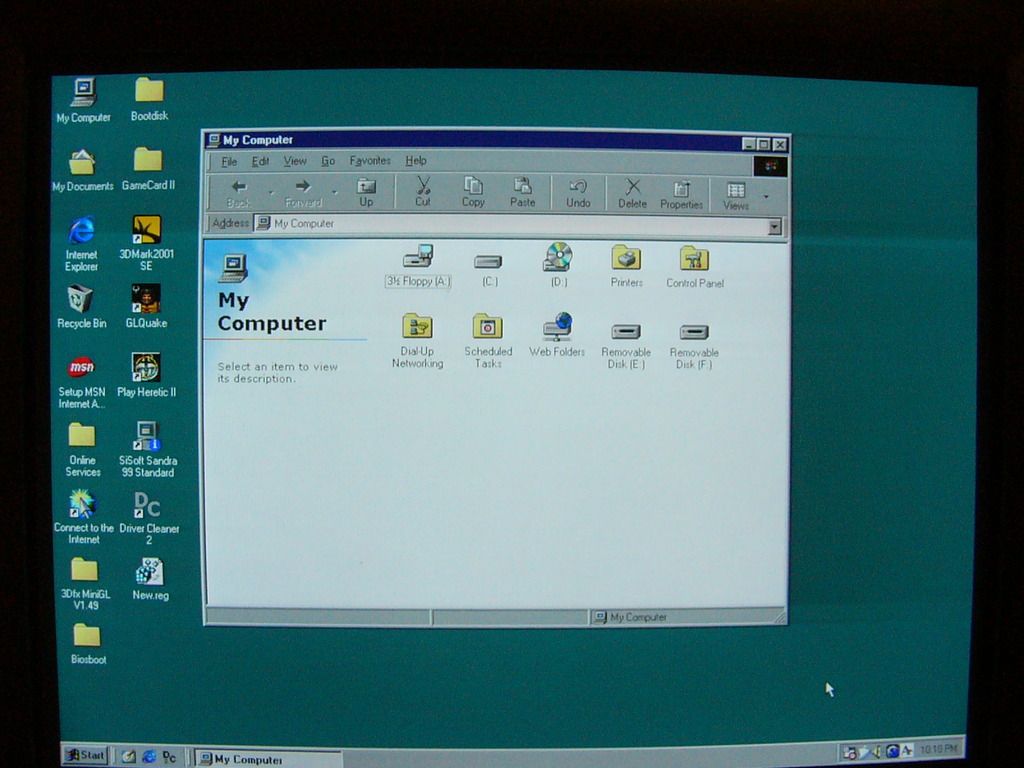First post, by boxpressed
- Rank
- Oldbie
I recently bought this Dell P793 CRT monitor for $1. It's a nice 17" Trinitron monitor that can display 1600x1200 at an acceptable refresh rate, so I was happy to find it. The only issue is that it displays a kind of shadow on the right edge of windows (see photo). It almost looks like the window is streaking toward the left! It's kind of faint but certainly noticeable. It's not an issue when playing games, and I don't really see an issue during post or with any DOS-level activities. Just windows.
I've tested three computers on it with a variety of video cards. I've degaussed and fiddled with all of the menu settings. I'll probably keep this monitor, at least for a while, but I'm curious about the origin of this problem.
